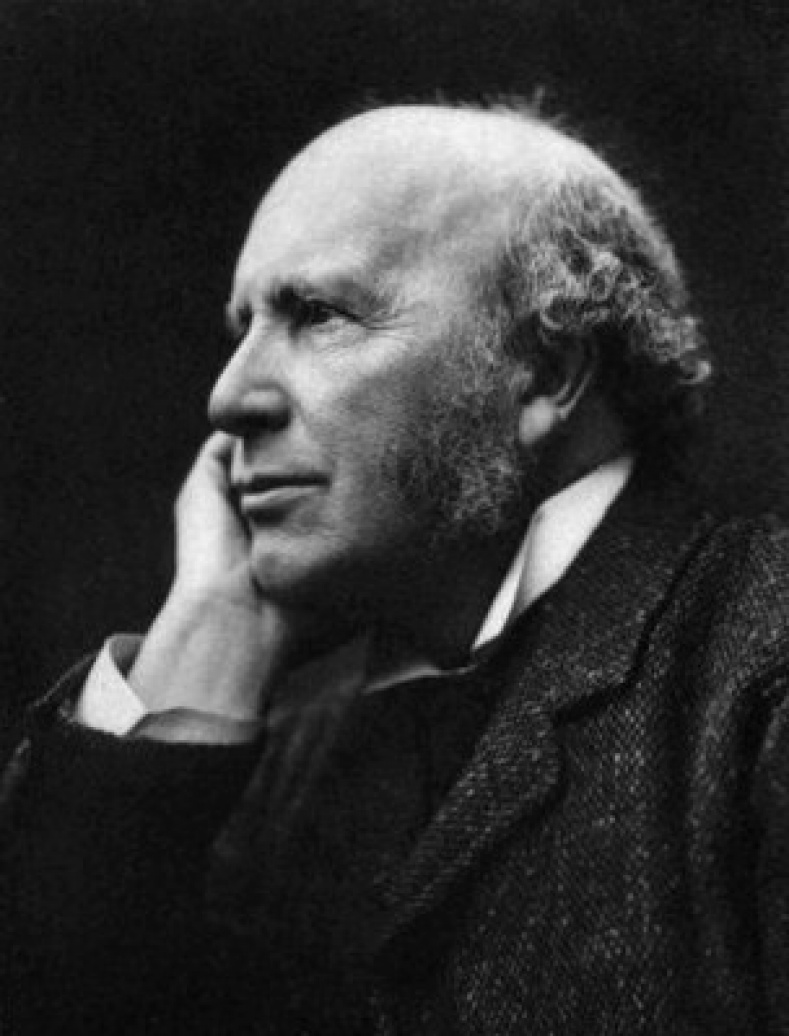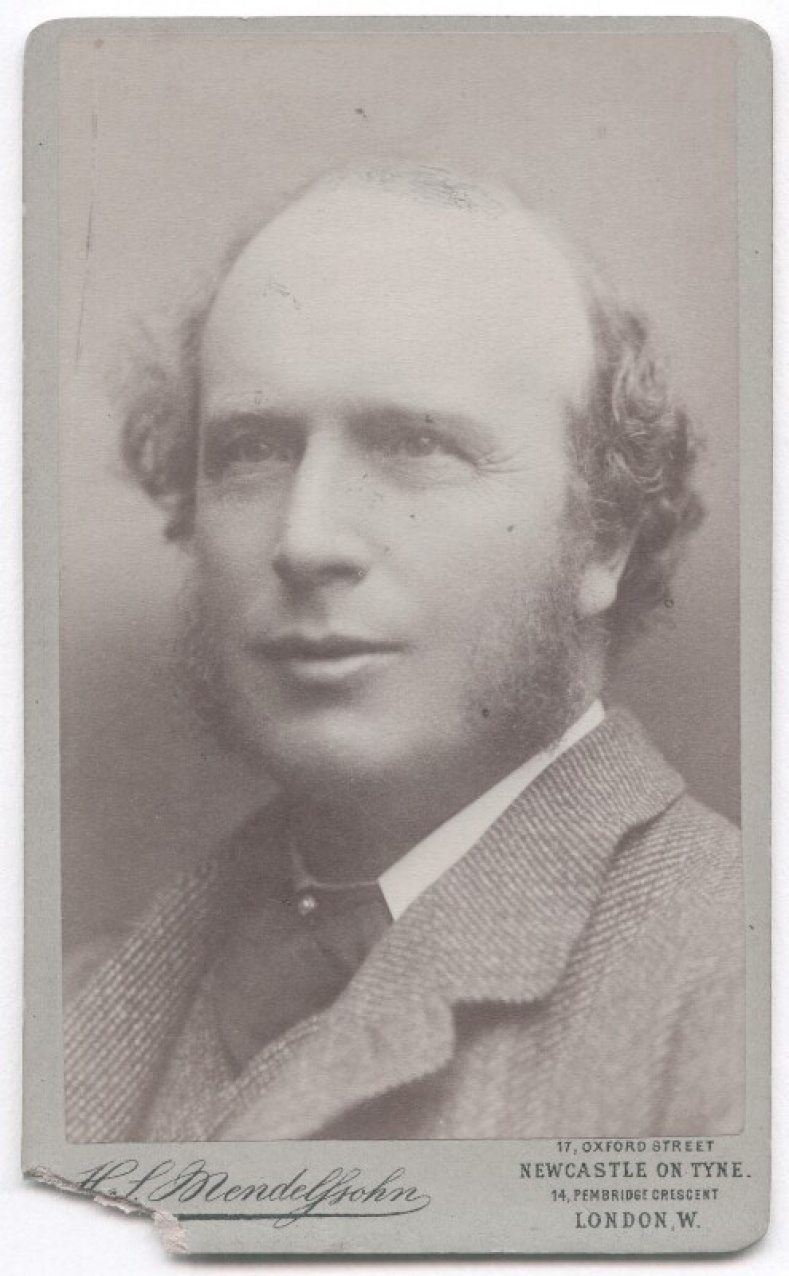

Hodgkin, Thomas
1831-1913
Banker and Historian
Thomas Hodgkin was born in Tottenham in 1831. At that time it was a parish of fewer than 5,000 people. His father, lawyer John Hodgkin (1800-1875), and his mother Elizabeth (d.1836) were both from established Quaker families. Thomas received a Quaker education and went on to study Classics at University College, London.
Following in his father’s footsteps, he enrolled at Lincoln’s Inn but soon decided to move into banking instead, leaving London for Newcastle in 1857. Here he entered into a partnership with fellow Quakers in 1859 to found the private banking house of Hodgkin, Barnett, Pease and Spence. The new venture was quickly established within the North East entrepreneurial elite serving the needs of a booming local industrial economy. In 1902 the bank became one of many to be amalgamated into Lloyds.
Hodgkin was remarkable in pursuing two careers, not one. He was a recognised expert on the history of Europe in the early middle ages, publishing his eight volumes of Italy and Her Invaders at the Clarendon Press, Oxford, between 1880 and 1899. The books, distributed in the United States by Macmillan, were widely acclaimed and a standard read for students of history for several decades. Hodgkin was a leading light within the Society of Antiquaries of Newcastle upon Tyne, the oldest provincial antiquarian society in England, founded in 1813. This body, like its counterparts, the Natural History Society of Northumbria, founded in 1829, and the Literary and Philosophical Society of Newcastle upon Tyne, founded 1793, were mingling places for the elite families that dominated the economic and political life of the North East. The Clayton family, who ran Newcastle as city clerks, for example, owned sections of Hadrian’s Wall and frequently carried out amateur excavations. Hodgkin was venerated for his scholarship, his research recognised by the award of honorary degrees from both Oxford and Durham Universities.
While living and working in Newcastle, Thomas had lived in a house designed by his school friend (and brother in law) Alfred Waterhouse in Benwell Dene. In his later years, he decided to move away from the bustle of Newcastle to the quiet of the Northumberland countryside. In 1899, rather than selling Benwell house, he decided to gift it to the city, its gardens, which stretched from Benwell to the banks of the Tyne, becoming Hodgkin Park. The park provided an important green space for an area which was defined by its growing heavy industry. In the time Thomas was living at Benwell House he would have witnessed the growth of the Armstrong works, the sprawl of terraced housing and a thick band of industrial railways at the bottom of his garden. Hodgkin Park was so large that it, in fact, became two parks separated by Armstrong Road. With two bowling greens, a bandstand, and a wooded walk, Benwell Dene, providing an urban oasis for working class people who had little in the way of outdoor space themselves.